A good tasting is determined by the right selection of whiskies. But there is more to it than that. In this article, we will give you tips on how to organise a tasting so that it is a complete success. So first of all, what is the aim of your tasting? Do you want the participants to enjoy whiskies that they like to drink or have always wanted to try? Are they professionals or beginners who should learn something new about whisky? Or is it simply about having fun in a sociable group?
The location
The choice of location is crucial to the success of the tasting. To be able to taste a whisky properly, you need peace and quiet and time. Don't choose a noisy bar, but your living room or dining room, for example. If you want to taste many samples professionally, you will need a large table to have enough space for glasses, water, notes, etc.
The accessories
With the right tasting accessories, whisky can be savoured and enjoyed even better. Glasses are part of the basic equipment! You can also provide your guests with additional accessories such as water, water jugs and pipettes, empty sample bottles, whisky tasting notes, information and a notepad.
Glasses
Offer your guests enough glasses! Ideally, each guest should already have a glass for each whisky at their seat.
A whisky glass should be tapered towards the top so that it can hold the flavour of the whisky and the precious aroma does not evaporate so quickly. This shape is also known as a nosing glass. Whether it is a stemmed glass or a bulbous tumbler is up to you. In general, glasses that are too large should not be used for light whiskies. A strong, smoky whisky, on the other hand, can develop its full flavour better in a large glass.
Other accessories
The more accessories you have, the more professional your tasting will look! Different glasses for the different whiskies, water in water carafes, plus pipettes to dilute a whisky if necessary. These are all decorative accessories. Have pens and paper ready so that the participants can write down their impressions.
Water
Water plays different roles in a whisky tasting!
Firstly, a large sip of water between each sample is not a bad idea. If you don't have enough glasses for each participant and for each whisky, rinse the glass with a sip of water between whiskies. On the other hand, a few drops of water should be added to reduce high-proof whisky to drinking strength. Small jugs of water or pipettes have proved useful for measuring out the amount of water.
Only offer still water that contains little flavour, i.e. minerals, e.g. Volvic or Evian. In some areas you can also use tap water. You can find out more about dilution and the influence of water on the flavour of whisky here.
Food
Nothing should be eaten during the tasting! Biscuits, chocolate, cheese or other delicacies change the perception of the whisky due to their intense flavour.
Of course, it can still be interesting to organise a tasting where, for example, different chocolates are tasted with different whiskies.
Notes for the participants
Please point out to your tasting participants that you have eaten enough at home if possible. After all, several high-proof drams will be tasted! Nevertheless, you should not have eaten directly before the tasting so that the flavour of the food, especially spicy food, no longer affects the taste buds.
Checklist
- the right location
- Sufficient whisky glasses
- Water glasses
- Water glasses and water jugs
- possibly pipettes
- possibly sample bottles for the rest
- Notepads and pens
The complete checklist
The complete checklist for the perfect tasting at home.
Simply download for free:
The selection of Whiskies for your tasting
Let's move on to choosing the whiskies. This is probably the most difficult part!
The number of whiskies should be between three and a maximum of five. Of course, you can taste the whiskies you have at home. If you choose the whiskies before the tasting, we will give you suggestions for beginners and experts. You can find out about a possible tasting order here.
Whisky selection for your tasting at home - beginners
Don't choose whiskies that are too complicated! Rather offer standard bottlings from well-known distilleries. If you want to give the participants an overview of the aroma and flavour spectrum of whisky, then choose a soft, strong, sherry cask aged and a smoky whisky. To broaden the spectrum, you can offer an Irish whiskey, an American bourbon or a whisky liqueur.
Whisky selection for your tasting at home - experts
There are many options for advanced drinkers. There is no right or wrong choice of whisky. Tasting is all about getting to grips with the whisky you are tasting. You can choose a theme for your tasting, e.g. Islay whiskies, whiskies matured in sherry or wine casks, a particular series, a single distillery, etc. Or you can simply choose new or unknown bottles. Or you can simply select new or unknown bottles that your friends do not yet know.
It is particularly interesting if each participant brings a bottle, creating a colourful mix. The whiskies do not always have to be as different as possible. If the whiskies are similar, you have to make an effort to discover the subtle nuances. This is a challenge even for experienced connoisseurs!
Order of the Whiskies
Sorting by age, flavour, smoke content and alcohol content!
We are often asked about the correct order of whisky tasting. As a general rule, you should start with the lighter, milder whiskies. At the beginning, the taste buds of the nose and palate are still less influenced and can detect the subtle flavours better. Then you can move on to the stronger whiskies, e.g. with sherry cask maturation. Only at the end do the strongly smoky whiskies come into play. Their flavour often lingers in the mouth long after the tasting and masks everything you taste afterwards. The same principle applies to the alcohol strength, which is why the order from low- to high-proof is best.
Tasting the Whiskies at your tasting
Here we go!
If you like to pour the samples beforehand, you should be careful not to leave them standing for too long or to close the glasses with lids, otherwise the flavours of the whiskies will evaporate. It is better to pour just before the tasting.
Tasting is more than just drinking the Whisky! There are four important aspects to consider when tasting!
Appearance: Look at the colour and consistency of the whisky, which give you an initial indication of the taste.
Aroma: Smell the glass several times to discover the nuances in the aroma.
Flavour: Take small sips on the tongue to capture all the notes.
Finish: Note which flavour remains on the tongue and how it changes.
Give the participants enough time to form their own impression of the different Whiskies. Tips on the flavours in whisky can be helpful, especially for less experienced participants. It is advisable to hand out notepads so that everyone can record their impressions. If the tasting is to have a professional character, it is also informative to tell something about the background of the bottlings or general information about whisky. You should not rely too much on the flavour information provided by the producers, as this often comes from the marketing department and does not always capture all the nuances.
Conclusion
Finally, we recommend that you take a relaxed approach to the tasting. Don't put yourself under pressure and expect that not everything will go according to plan. If you have fun, this will be transferred to the participants and you will have an unforgettable tasting experience!
Sláinte and have fun in the round!

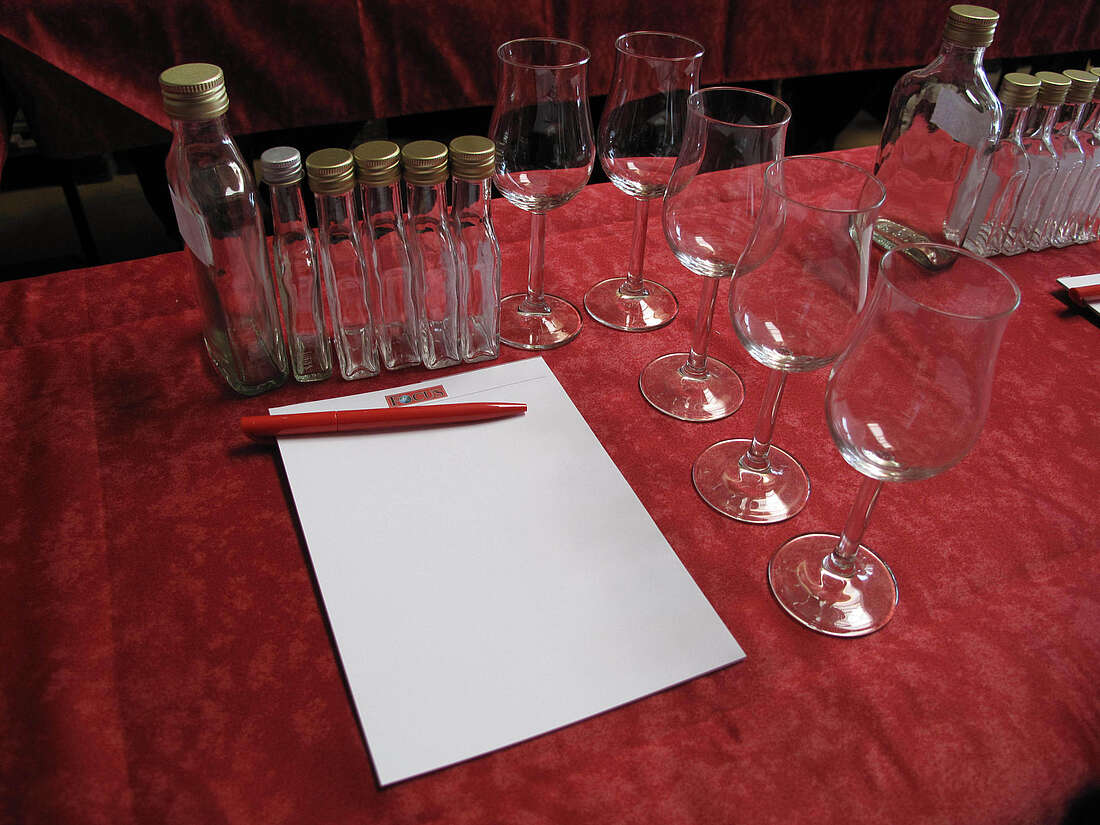

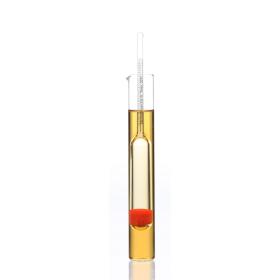

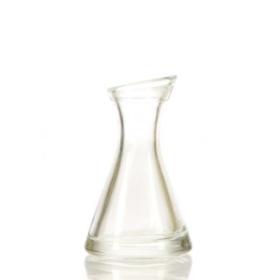
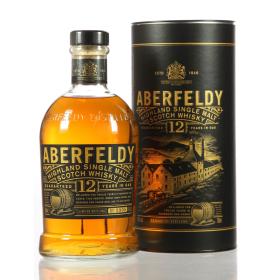
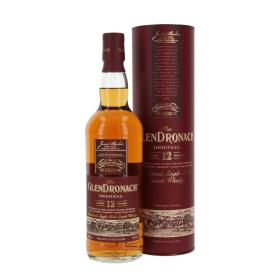
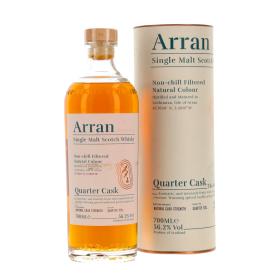
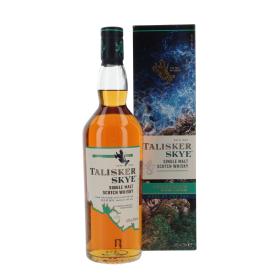




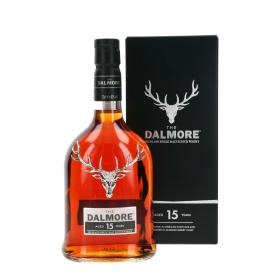

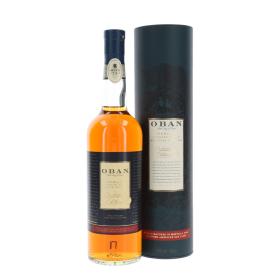
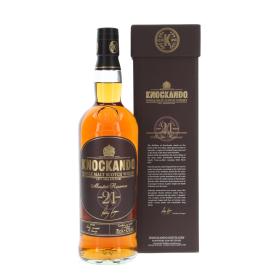
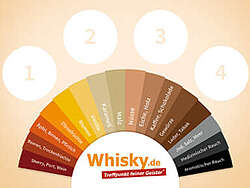



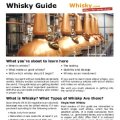


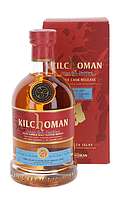
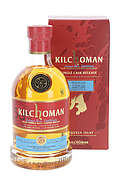
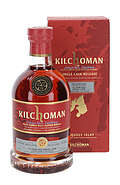
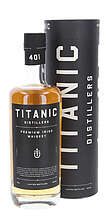
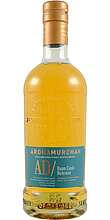



To comment, you must be logged in